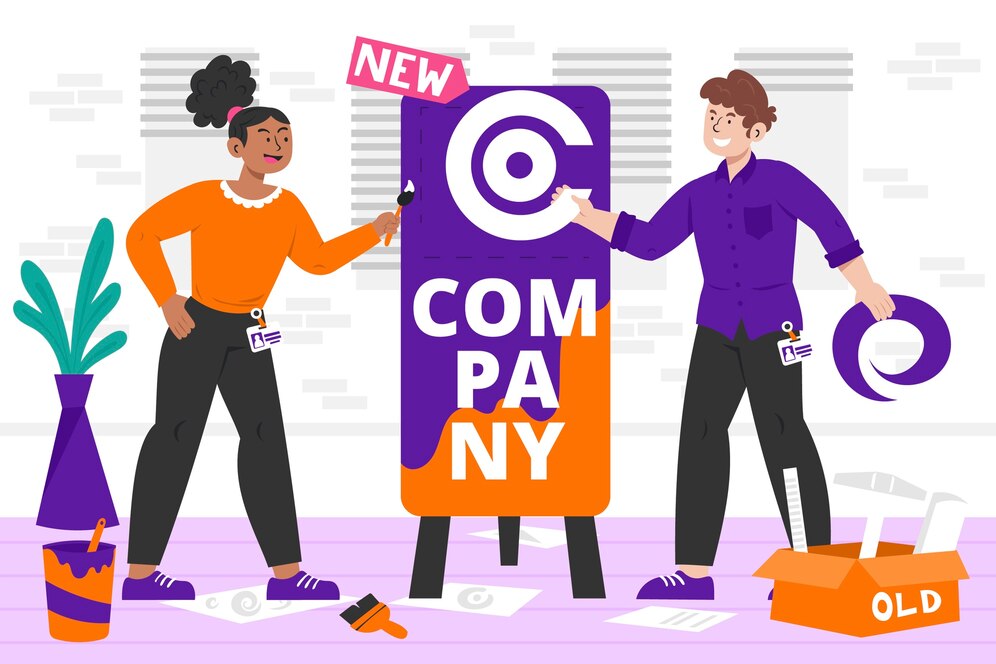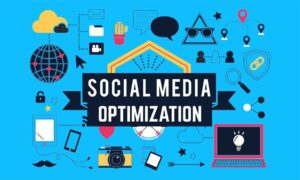- The Digital Age of Activism
- The Rise of Hashtag Activism: Origins and Impact
- Why Brands Are Turning to Social Causes
- Ethical Engagement: Best Practices for Authenticity
- Successes and Failures in Hashtag Activism
- Challenges and Risks: Navigating the Pitfalls
- The Future of Brand-Cause Alignment
- Building Trust in the Age of Digital Advocacy
The Digital Age of Activism
How Brands Can Ethically Align with Causes to Drive Impact and Trust
In 2024, social media users posted over 47.8 million tweets with #BlackLivesMatter, cementing hashtag activism as a cornerstone of modern advocacy. From #MeToo to #ClimateStrike, these digital movements have reshaped consumer expectations, demanding brands take stands on societal issues. But as companies rush to join the conversation, the line between genuine allyship and opportunistic “woke-washing” grows thinner.
This article explores how brands can ethically leverage hashtag activism to build authenticity, foster engagement, and avoid backlash. Drawing on case studies like Patagonia’s environmental advocacy and Pepsi’s infamous misstep, we’ll show you the strategies for aligning brand values with social causes—without compromising integrity.
The Rise of Hashtag Activism: Origins and Impact
From #Hashtag to Movement
Hashtag activism emerged in 2007 when Chris Messina proposed using the “#” symbol to categorize Twitter conversations. What began as a tool for organizing content soon became a vehicle for global change. Campaigns like #BringBackOurGirls (2014) and #IceBucketChallenge (2014) demonstrated the power of viral hashtags to mobilize millions, raise funds, and influence policy.
Key Data Points:
- #MeToo sparked 19 million tweets in its first year, leading to workplace reforms and legal accountability.
- The #ALS Ice Bucket Challenge raised $115 million for research, with 17 million participants globally.
These movements highlight a shift in consumer behavior: 64% of global consumers now expect brands to take a stand on societal issues, per the Edelman Trust Barometer.

Why Brands Are Turning to Social Causes
The Demand for Purpose-Driven Brands
Today’s consumers, particularly Gen Z and millennials, prioritize brands that reflect their values. A 2022 Sprout Social study found that 66% of consumers are more likely to purchase from brands with authentic social impact.
Benefits for Brands:
- Enhanced Trust: Ben & Jerry’s long-standing support for racial justice (#BlackLivesMatter) and climate action (#SaveOurOceans) has solidified its reputation as a purpose-driven leader.
- Organic Reach: Campaigns like Coca-Cola’s #ShareACoke generated 870% surge in website traffic by tapping into personalized consumer experiences.
- Employee Engagement: Companies supporting #WorkplaceWellness see higher retention and morale, aligning internal practices with external messaging.
Ethical Engagement: Best Practices for Authenticity
1. Align with Core Values
Brands must engage only with causes that resonate with their mission. For example, Nike’s #DreamCrazier campaign celebrating female athletes built on its legacy of empowering underrepresented voices. Conversely, Pepsi’s 2017 ad trivializing protests (#LiveForNow) backfired due to a lack of historical alignment with social justice.
Expert Insight:
“Authenticity is non-negotiable. If your actions don’t mirror your messaging, consumers will call it out.” — Jodie Shaw, Brand Strategist.
2. Back Words with Action
Performative activism—posting hashtags without tangible efforts—erodes trust. When Disney launched #ShareYourEars, it donated 5$ per post to Make-A-Wish, 2 million and boosting its CSR credibility. Similarly, Patagonia’s 1% for the Planet initiative aligns with its environmental advocacy, ensuring consistency across campaigns like #SaveOurOceans.
3. Amplify Marginalized Voices
Brands should prioritize uplifting affected communities rather than centering themselves. #AerieREAL by American Eagle partnered with diverse influencers to promote body positivity, resulting in a 21% sales increase.

Successes and Failures in Hashtag Activism
Success: #LikeAGirl by Always
Always redefined the phrase “like a girl” through a campaign highlighting gender stereotypes. The video garnered 185 million YouTube views, with 76% of viewers reconsidering the phrase’s negative connotations.
Failure: #McDStories by McDonald’s
McDonald’s attempted to crowdsource positive stories but faced backlash as users shared criticisms about labor practices and food quality. The campaign was pulled within 24 hours, illustrating the risks of uncontrolled narratives.
Challenges and Risks: Navigating the Pitfalls
1. Cultural Sensitivity
Global campaigns must adapt to regional contexts. When #KuToo (Japan’s movement against mandatory high heels) gained traction, brands like Uniqlo faced criticism for maintaining rigid dress codes despite public support for the cause.
2. Avoiding “Slacktivism”
Critics argue hashtag activism fosters complacency, where users “like” posts without real-world action. However, Pew Research found that 58% of Black social media users engage in offline activism after online participation, debunking the myth of ineffective digital advocacy.
The Future of Brand-Cause Alignment
Trends to Watch
- Micro-Movements: Hyper-local causes (e.g., #SaveLocalBookstores) allow brands to connect with niche audiences.
- AI-Driven Insights: Tools like SocialPilot’s hashtag generator help brands avoid missteps (e.g., Susan Boyle’s #susanalbumparty typo) by analyzing trending phrases.
- Employee Advocacy: Encouraging staff to share brand-aligned causes organically, as seen with Salesforce’s #EqualityForAll initiatives.
Building Trust in the Age of Digital Advocacy
Hashtag activism isn’t a trend—it’s a reflection of evolving consumer values. Brands that succeed will be those that listen, act, and align their DNA with the causes they champion. As marketing expert Jim Heininger notes, “Campaigns must transcend hashtags to create lasting impact”. By prioritizing authenticity, accountability, and action, companies can navigate this complex landscape and turn social media buzz into meaningful change.


